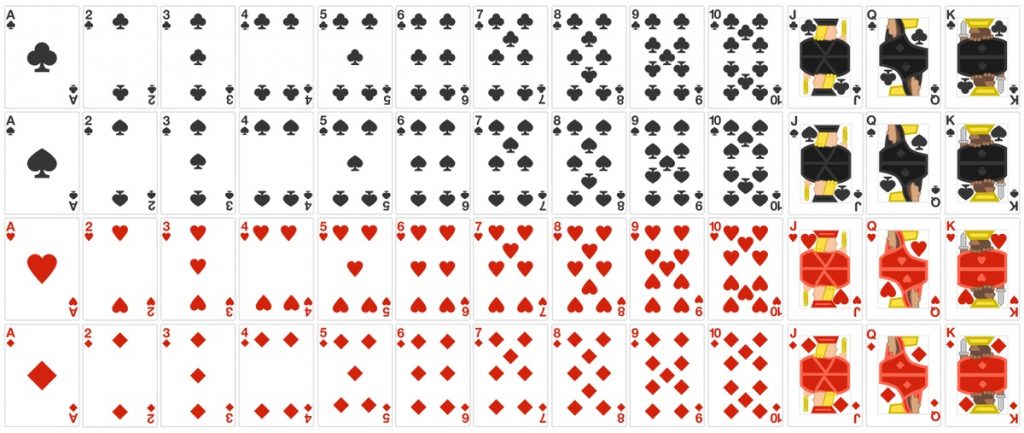Poker Mathematics: Unlocking the Secrets to Winning

When people think of poker, they often imagine bluffing, reading opponents, and dramatic reveals. Yet, beneath the surface lies a game deeply rooted in mathematics. Poker isn’t just about chance; it’s about calculating odds, probabilities, and making decisions based on incomplete information. Dive with us into the world of poker mathematics and uncover the strategies top players use to dominate the table.
Understanding poker math is not about being a human calculator, but about grasping the fundamental principles that govern the game. It’s the bridge between luck and skill, providing players with an edge that goes beyond intuition.
The Foundations: Odds and Probabilities
- Odds: At its simplest, poker odds tell a player the likelihood that a particular event will happen versus it not happening. For instance, when holding 4 cards of the same suit, the odds of drawing a fifth from the deck to complete a flush is about 4:1.
- Outs: This refers to the number of cards left in the deck that can improve a player’s hand. Counting outs provides a clearer picture of the game’s current state and potential future scenarios.
- Pot Odds: A crucial aspect of decision-making, pot odds compare the current size of the pot to the cost of a contemplated call. It helps players decide whether to continue with their hand or fold.

Expected Value: Decision Making’s Best Friend
Expected Value (EV) is a concept central to poker mathematics. It represents the average amount a player expects to win (or lose) for a specific play. If the EV is positive, the move is typically a good one. If negative, it’s probably best to reconsider. Mastering EV equips a player with a long-term strategy, focusing on consistent gains over a series of hands.
Implied Odds: Reading Beyond the Cards
Beyond immediate calculations, poker requires thinking several steps ahead. That’s where implied odds come in. While pot odds consider the present, implied odds anticipate the future. They represent the expected amount a player can win from opponents in future rounds of betting, making them invaluable for strategy.
Transforming Luck into Strategy
While the beauty of poker lies in its blend of skill and chance, understanding its mathematical core can dramatically elevate a player’s game. Poker mathematics offers a lens through which players can view their decisions, ensuring they’re rooted in logic rather than mere gut feel.
Remember, it’s not about playing every hand, but playing the right hands at the right time. As with any skill, practice makes perfect. So, arm yourself with knowledge, hit the tables, and watch as the power of mathematics transforms your game.





